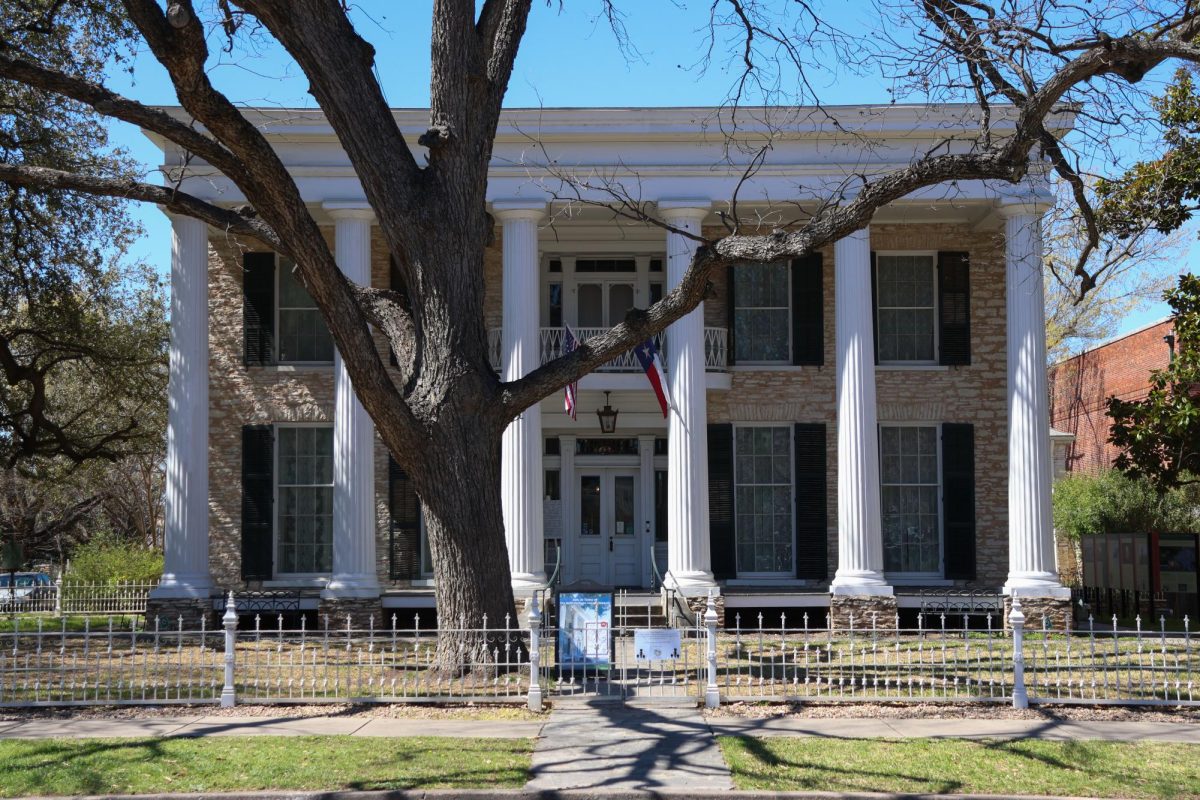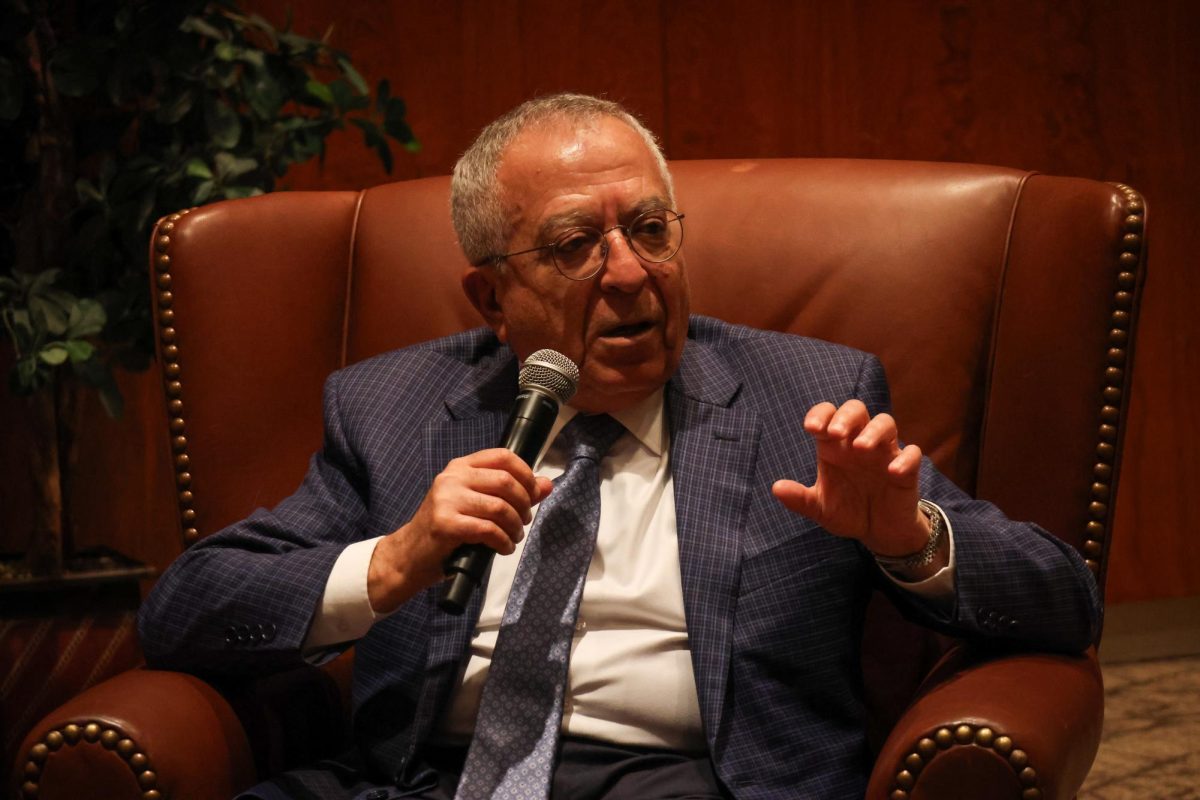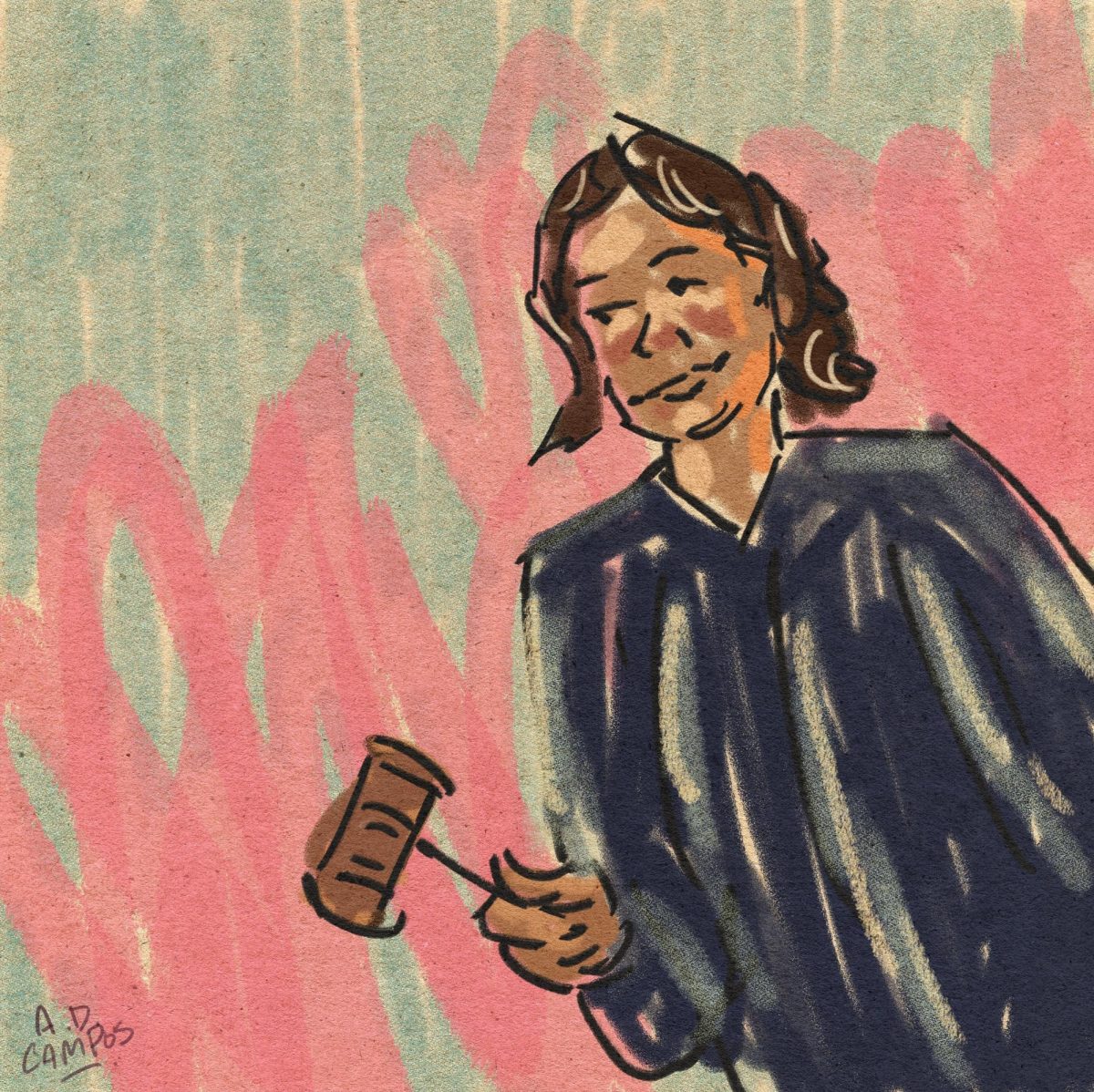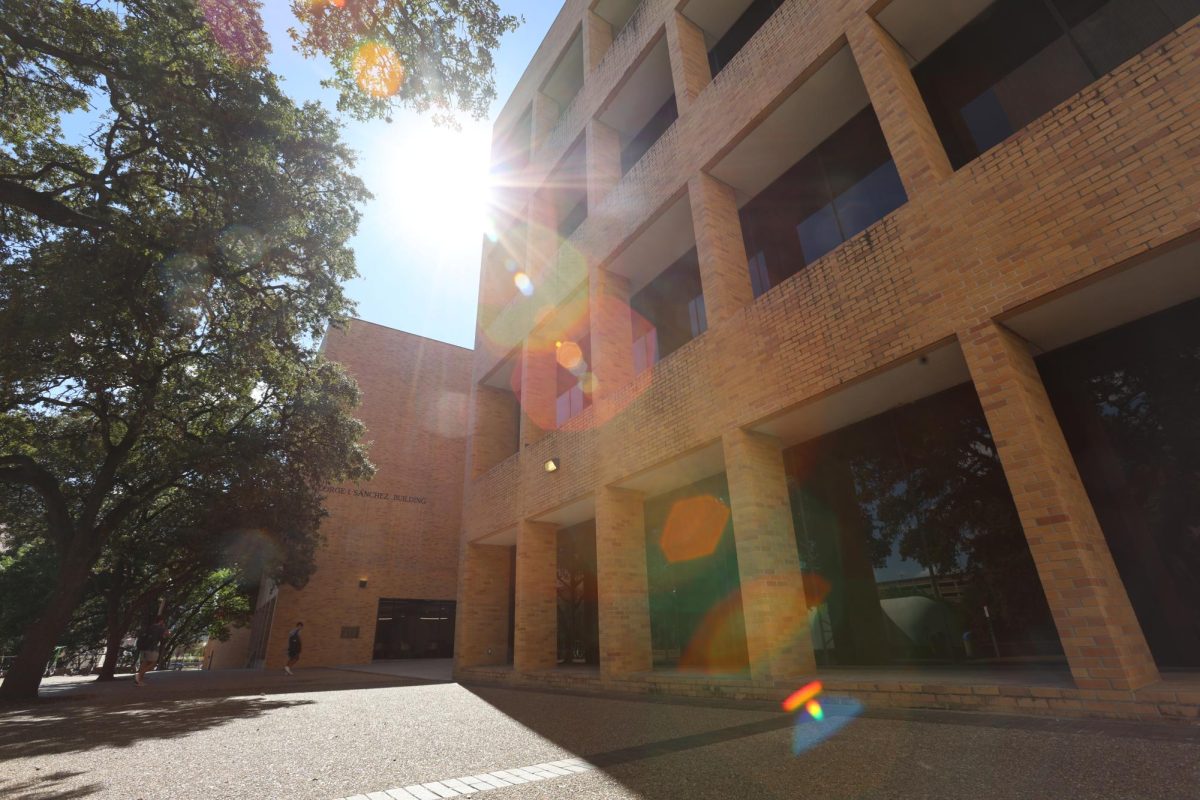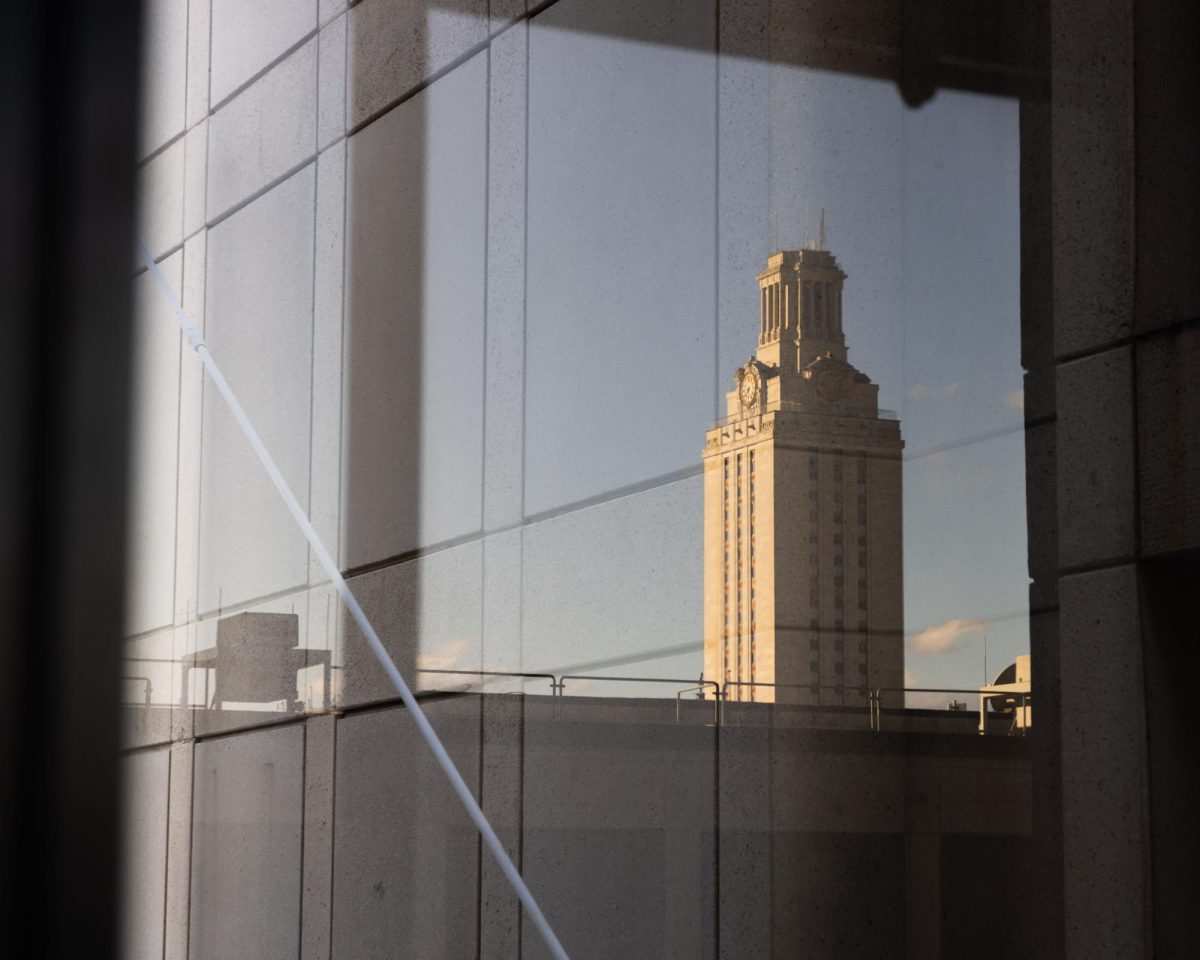The Austin City Council approved during its Feb. 27 meeting over $83,000 for the Neill-Cochran House Museum to create a digital exhibit of the site. The museum, located in West Campus, houses the last intact slave quarters in Austin.
Built in 1856, the Neill-Cochran House Museum house was “intended to be serviced through slave labor,” according to the museum website. The house also served as a state-funded boarding school for the blind and, during the Civil War, as a federal war hospital. The money awarded to the site was part of an almost $33 million historic preservation fund approved during the meeting, according to the Summary of HPF Fiscal Year 2025 Recommendation.
Over $3 million of the preservation fund went to sites that applied for a Historic Preservation Grant, which serves to preserve historic sites and promote heritage tourism experience, according to the application guide. Each site applied for funding depending on their needs, which ranged from entire restoration projects to the creation of digital exhibits. Aside from the Neill-Cochran House Museum, the council also selected other historic sites to receive grants, such as the Paramount Theatre and Republic Square.
“These properties are incredibly essential to Austin’s diverse fabric, to its unique character and tourists really enjoy getting to see these unique qualities of our city,” said Melissa Alvarado, heritage tourism division manager for the city. “I am incredibly thankful that the council supports maintaining these historic sites.”
Rowena Dasch, executive director of the Neill-Cochran House Museum, said the digital exhibit will document the first and second floor of the site, along with the slave quarters. The exhibit will use virtual reality to demonstrate how people interacted with the space in the past, she said.
“We’ve been telling stories now for a couple of years about the enslaved and free laborers who worked at our site,” Dasch said. “To be able to see (the) evocation of those people in action is going to be really exciting and really powerful.”
The digital exhibit will also make the site more accessible for people with disabilities who could not travel up stairs to view the second floor or the slave dwelling, Dasch said.
“It is very frustrating for us when we are unable to accommodate visitors due to mobility issues,” Dasch said. “Having the ability to hand them a really great screen that is big and allows them access to these spaces that are currently inaccessible is going to be really wonderful.”
Assistant architecture professor Tara Dudley researched the evolution of the site with her students. She said improving its accessibility will allow more people to understand the historical importance of the site in Austin.
“It’s always nice to understand the place where you live and the history that’s associated with that place,” Dudley said. “This site is a revolving door to so many parts of the city’s history.”
Dasch said the exhibit could be completed by the end of the year. She said it is important to preserve historic sites as more people move to Austin.
“(New residents) don’t know the history. They don’t know the context,” Dasch said. “The more we, as a city, talk about our past, the better new residents can understand (where they) moved to.”

